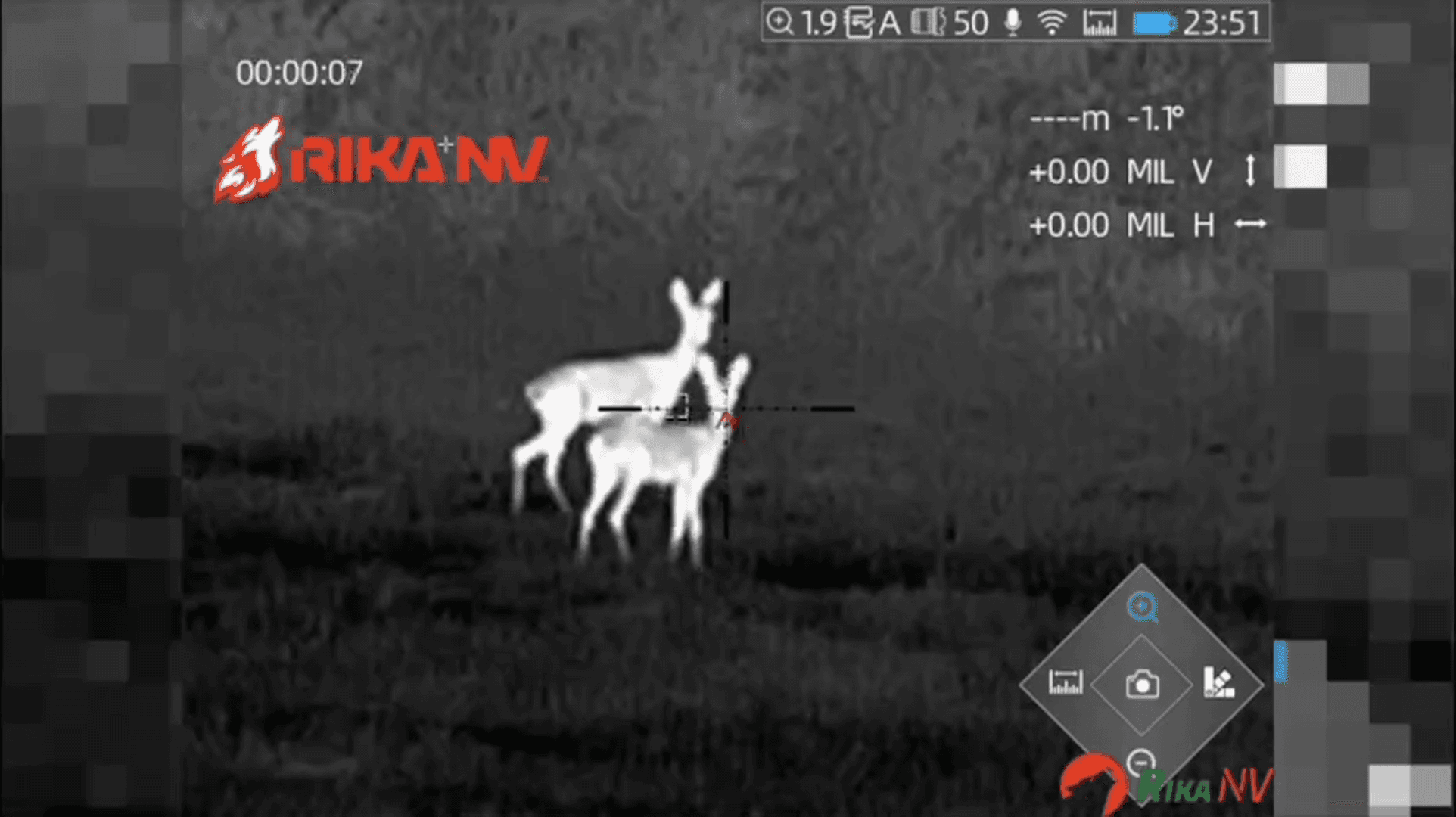
Cambodia Wildlife Travelers to Cambodia may find that although Cambodia is not primarily a wildlife viewing destination, some isolated pockets of forest may offer some of the best opportunities for wildlife spotting in all of SE Asia. Cambodia’s wildlife diversity is at critically low levels due to deforestation and habitat destruction. It is home to about 16 globally endangered species and 2 critically endangered species. Some larger mammal species found here are dholes, elephants, deer, panthers, bears, tigers, cormorants, cranes, crocodile, and wild water buffalo. Many organizations are working together to try and protect Cambodia’s remaining wildlife diversity. Wildlife is mostly isolated to pockets where intact habitat still remains, including the dry forest along the Lower Mekong, the Elephant Mountains, and the Cardamom Mountains. For wildlife enthusiasts traveling to Cambodia for a short time, one of the most iconic places to spot wildlife in Cambodia is in the
Post: 5 December 17:50














































